Black and blue salvia
Becky
7 years ago
Featured Answer
Comments (6)
Jean
7 years agorich_dufresne
7 years agoRelated Professionals
Tempe Landscape Architects & Landscape Designers · Barrington Hills Landscape Architects & Landscape Designers · Goodyear Landscape Contractors · Maple Valley Landscape Contractors · Essex Landscape Contractors · Midland Landscape Contractors · Muttontown Landscape Contractors · Pomona Landscape Contractors · Seminole Landscape Contractors · Waipahu Landscape Contractors · Albuquerque Siding & Exteriors · Castle Rock Siding & Exteriors · Eau Claire Siding & Exteriors · Oregon City Siding & Exteriors · South Windsor Siding & ExteriorsBecky
7 years agorich_dufresne
7 years agoNHBabs z4b-5a NH
7 years ago
Related Stories
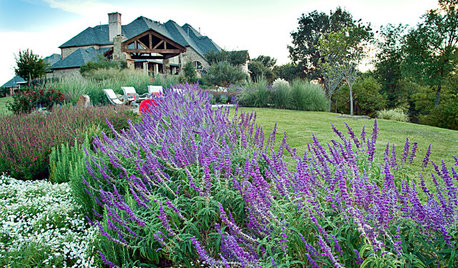
GARDENING GUIDESGreat Design Plant: Salvia Leucantha
Soft, velvety purple spikes gracefully arch over the gray-green foliage of Mexican bush sage in spring through fall in western U.S. gardens
Full Story
BLUEIs Midnight Blue the New Black?
As bold as black but much more versatile, midnight blue is becoming a star
Full Story
GARDENING GUIDESGreat Design Plant: Try Blue Bells for Blooms in Dry Soil
This shrub’s violet-blue flowers and silvery foliage brighten low-water gardens all year long
Full Story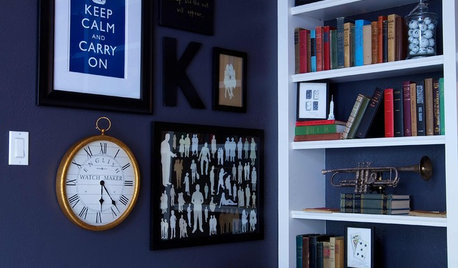
DECORATING GUIDESStraight From the Runway: The Blues to Use at Home
Bring looks from Fashion Week home with navy and teal mixed with black, red and more
Full Story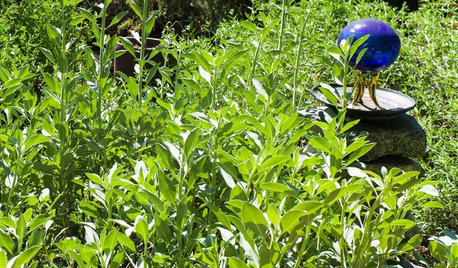
FLOWERS AND PLANTSWhite Sage Shimmers in the Water-Wise Garden
California native Salvia Apiana features silvery-green foliage and seasonal flowers that bees, hummingbirds and butterflies love
Full Story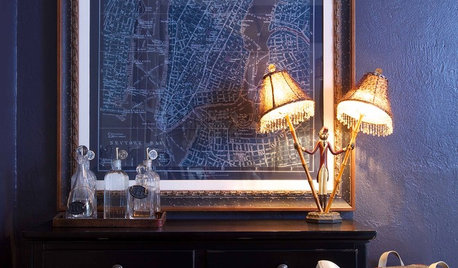
BLUEColor Guide: How to Use Navy Blue
Solid, steadfast navy blue can ground a room, but it still knows how to have a good time
Full Story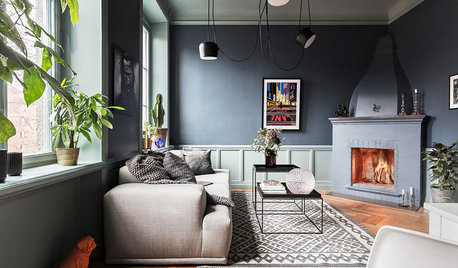
DECORATING GUIDESWhat Goes With Black Walls?
Once seen only in teenagers’ bedrooms, black these days is chic and showing up everywhere. Learn which colors are its perfect partners
Full Story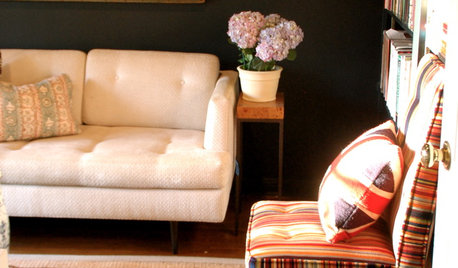
BLACKColor Guide: How to Work With Black
Take a walk on the dark side — your home has nothing to fear with this color when you know how to use it
Full Story
GARDENING GUIDESPlant Black Cherry Trees for the Birds and Bees
Plant Prunus serotina in the Central and Eastern U.S. for spring flowers, interesting bark and beautiful fall color
Full Story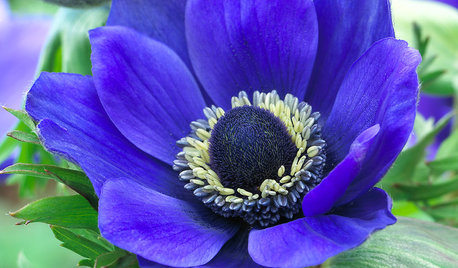
FALL GARDENING6 Splendid Blue-Flowering Bulbs
How do you blue? With colors from sky to cobalt, these bulbs will greet you merrily in a spring garden
Full StorySponsored
Central Ohio's Trusted Home Remodeler Specializing in Kitchens & Baths
More Discussions







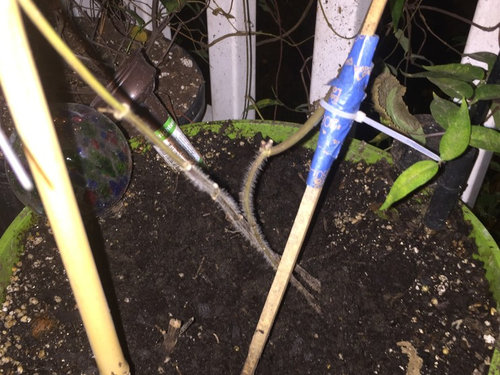
browneyedsusan_gw